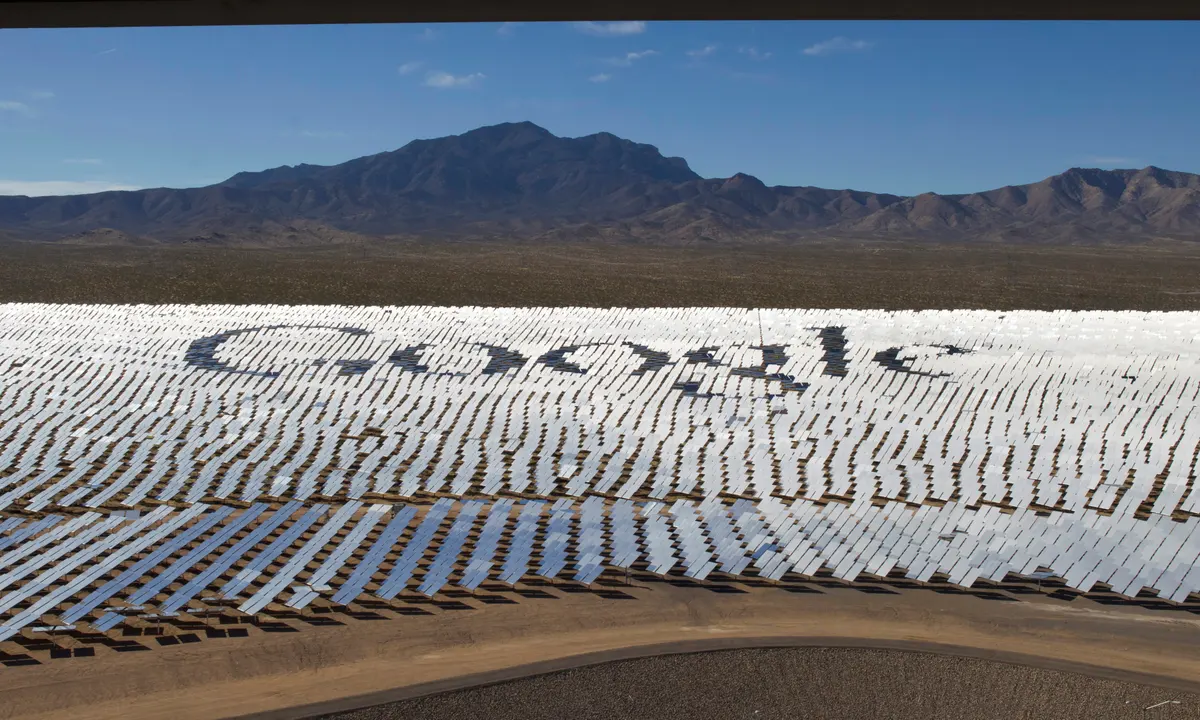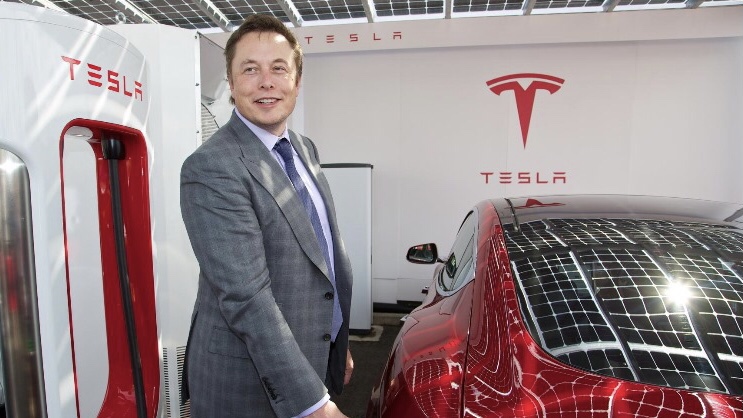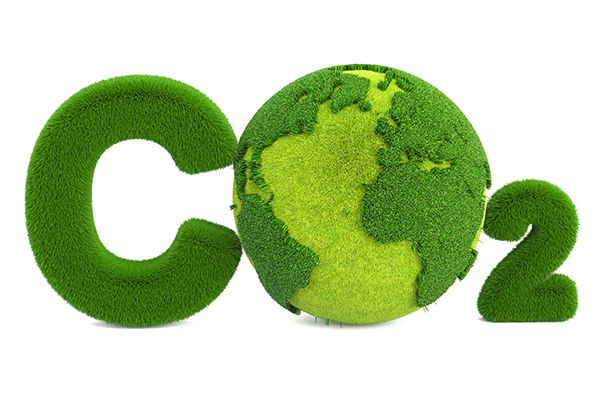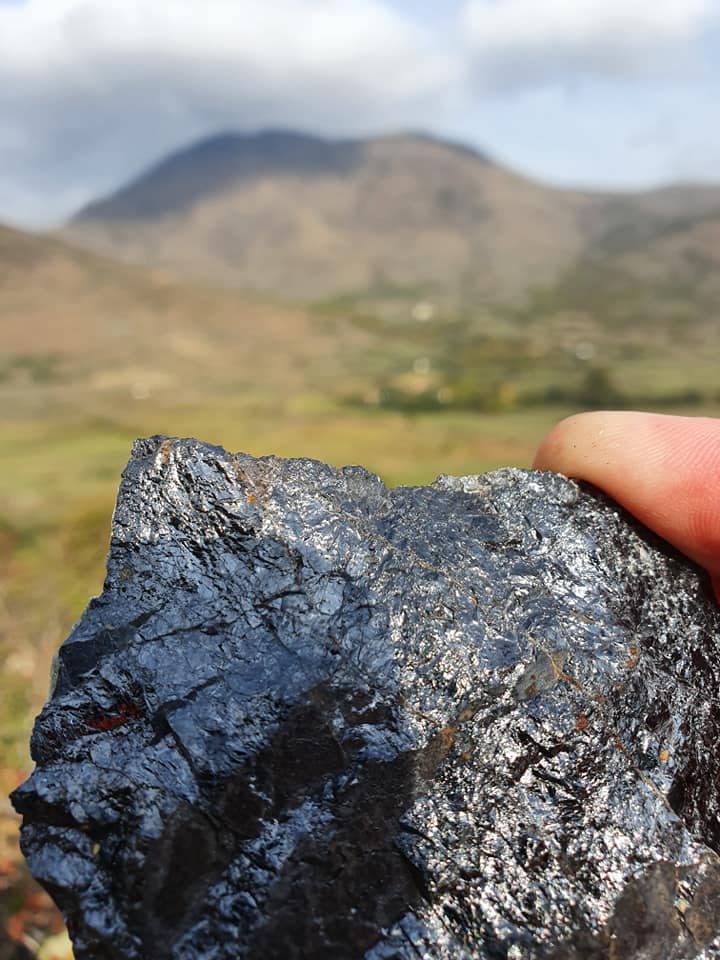Emerging economies face barriers in accessing clean energy investment due to high capital costs, hindering their transition to a sustainable energy future, according to a new report by the International Energy Agency (IEA).
Despite a global surge in clean energy investment, which has grown by 40% since 2020 to reach approximately USD 1.8 trillion in 2023, the majority of this growth has been concentrated in advanced economies and China. Conversely, emerging and developing economies, home to 65% of the world’s population and contributing one-third of global GDP, receive less than 15% of total clean energy investment.
To limit global warming to 1.5 °C, clean energy investment in emerging and developing economies outside China must increase more than sixfold, reaching USD 1.6 trillion by the early 2030s. However, capital flows to clean energy projects in these regions remain alarmingly low.
The report emphasizes the urgent need to reduce the cost of capital for clean energy projects in emerging and developing economies. Currently, the cost of capital for utility-scale solar photovoltaic (PV) projects in these regions is more than double that in advanced economies. Narrowing this gap by just 1% could result in an annual reduction of USD 150 billion in financing costs for clean energy.
“Affordable financing is crucial for emerging and developing economies to embrace clean energy technologies to meet their growing energy demands,” stated Fatih Birol, Executive Director of the IEA. “Clear and timely regulation to reduce risk is the first step in attracting investment, complemented by increased financial and technical support from the international community.”
While the required investments are primarily in mature technologies with proven policy frameworks for success, there is also a need to support nascent technologies such as low-emissions hydrogen, hydrogen-based fuels, and carbon capture, utilization, and storage.
The IEA’s latest report, informed by data collected from a new survey for the IEA’s Cost of Capital Observatory, offers detailed insights into the risk factors affecting financing costs across seven clean energy sectors in emerging and developing economies. It provides recommendations based on case studies and best practices from countries across Africa, Asia, and Latin America.
The report builds on previous IEA analysis and addresses recommendations from the Paris Summit on a New Global Financing Pact in June 2023, highlighting the importance of bridging the gap in clean energy investment between developed and developing nations.
Discover more from Green Innovation News
Subscribe to get the latest posts sent to your email.





